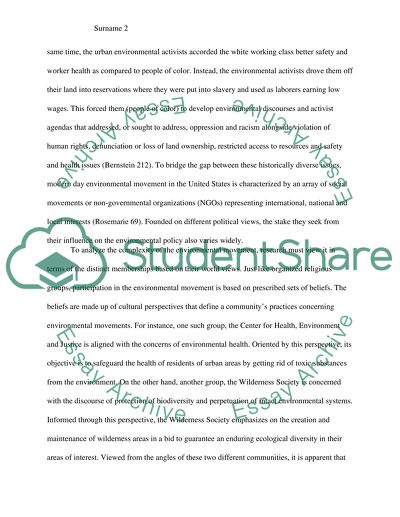Cite this document
(“Mainstream American environmental movement Essay”, n.d.)
Retrieved from https://studentshare.org/religion-and-theology/1490328-mainstream-american-environmental-movement
Retrieved from https://studentshare.org/religion-and-theology/1490328-mainstream-american-environmental-movement
(Mainstream American Environmental Movement Essay)
https://studentshare.org/religion-and-theology/1490328-mainstream-american-environmental-movement.
https://studentshare.org/religion-and-theology/1490328-mainstream-american-environmental-movement.
“Mainstream American Environmental Movement Essay”, n.d. https://studentshare.org/religion-and-theology/1490328-mainstream-american-environmental-movement.


